Connecting the dots between high-level work and low-level tasks
I was cruising around Reddit the other day when I came across this question:
Please suggest a tool that can help in tracking a product development process on high level features while the high level features are also mapped to specific tasks on a platform like Asana, so that at any given day I can get hold of where we stand on a given feature and what’s pending.
I also need the high level thing to be separate in a sense that it can be shared to all stakeholders whereas the task level thing remains private to my core team.
I love this question. It shows the product manager (PM) is thinking about how to help the team in shipping the right product to their users, AND is thinking about stakeholder management (an area where PMs often spend the majority of their time).
The other great thing about this is that hidden behind the question is the sense that the PM is thinking about how to keep everyone involved connected to the context as it shifts. Developers need to know what they're working on, what's next, and why.
I've gone down this rabbit hole myself many times with various teams, and understand the PM's desire to have everyone involved in the project understand what they're working on and why. Each developer or designer should be able to see how their work rolls up and fits into the bigger picture. The PM should be able to start from the abstract level and drill down to see what specific work is underway, and how it all connects.
However you set it up, you need to connect three things:
The major efforts / building blocks to realize those goals
The task-level work advancing those efforts
Bonus level: the overall goals
This can be done manually with e.g. a whiteboard, or it can be digital. Each has its pros and cons. There are many possible ways to implement this.
My current approach uses just two tools: Trello, and ProductBoard.
Tracking the building blocks & features: ProductBoard
I really like ProductBoard for this. They have a simple but powerful tool for prioritizing, planning, communicating to stakeholders, and tracking task progress at a high level.
As of this writing, ProductBoard integrates natively with Trello, JIRA, GitHub issues, among others. They also integrate with Zapier, through which you can use Asana as well as many other tools.
I chose to pair ProductBoard with Trello because it will stay in sync automatically: as tasks are moved along the development pipeline in Trello, their status will automatically be updated in ProductBoard. The tool has options to let your stakeholders view roadmaps, etc.
If you don't have budget for a tool like ProductBoard, you can create a more basic version of the same functionality with a separate Trello board for the high-level features/roadmap. I like the Hello Epics plugin to connect cards and do a similar work-status-linking within Trello. (You can also do this for free with Trello attachments, it's just more manual work.)
Tracking task-level work: Trello
This is where Trello comes in. You can push work into the development pipeline directly from ProductBoard, and then as it's updated in Trello the status will automatically update in ProductBoard. Trello is already one of the most popular project management and work-tracking tools online, so I won't go into it here.
One important caveat: this has to be maintained. You can set up a great system, but without regular maintenance, it will wither.
The bonus level: overall goals
To really supercharge this, find a way to provide the overall context for the features and task-level work. In an ideal world, anyone looking at their Trello card could see the high-level goal it rolls up to. I like Hello Epics for this, but you can also just add it as a note on the card or as a keyword.
(For goal-setting, I use a goal-setting methodology called OKRs: Objectives & Key Results. OKRs are what most of the top tech companies use. They work. I recommend the approach laid out by Christina Wodtke in this article. Her book is also excellent.)
####
Hopefully that shows you an example way to see how all the work being done connects to the features and high-level goals. This will help you keep your head around everything currently happening, and how it all connects.
